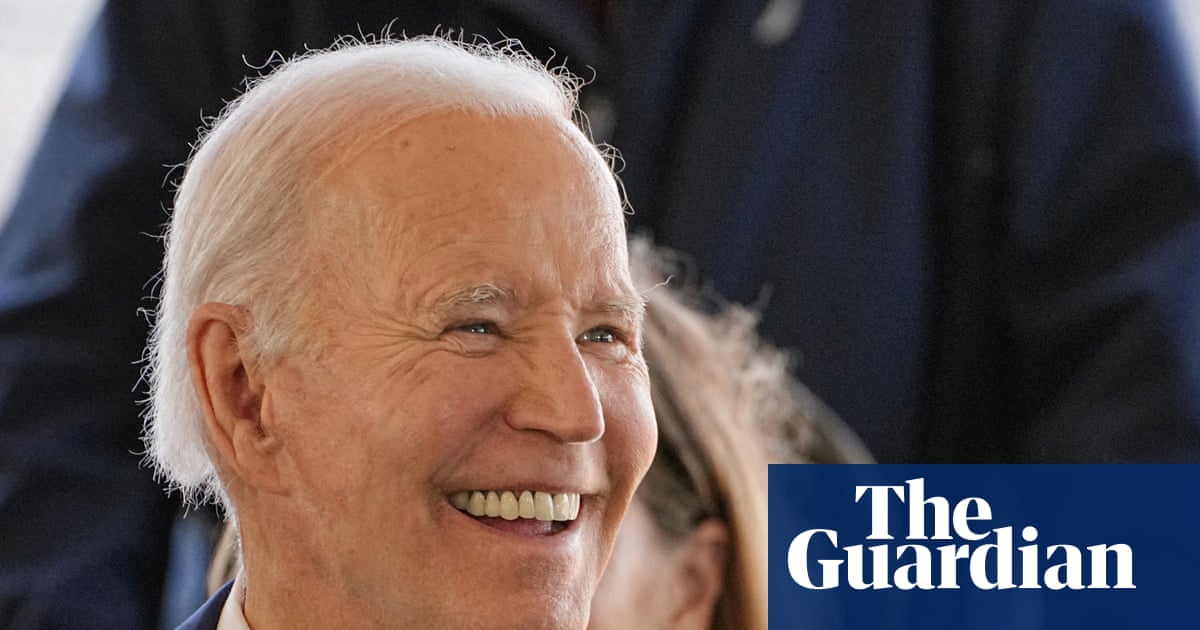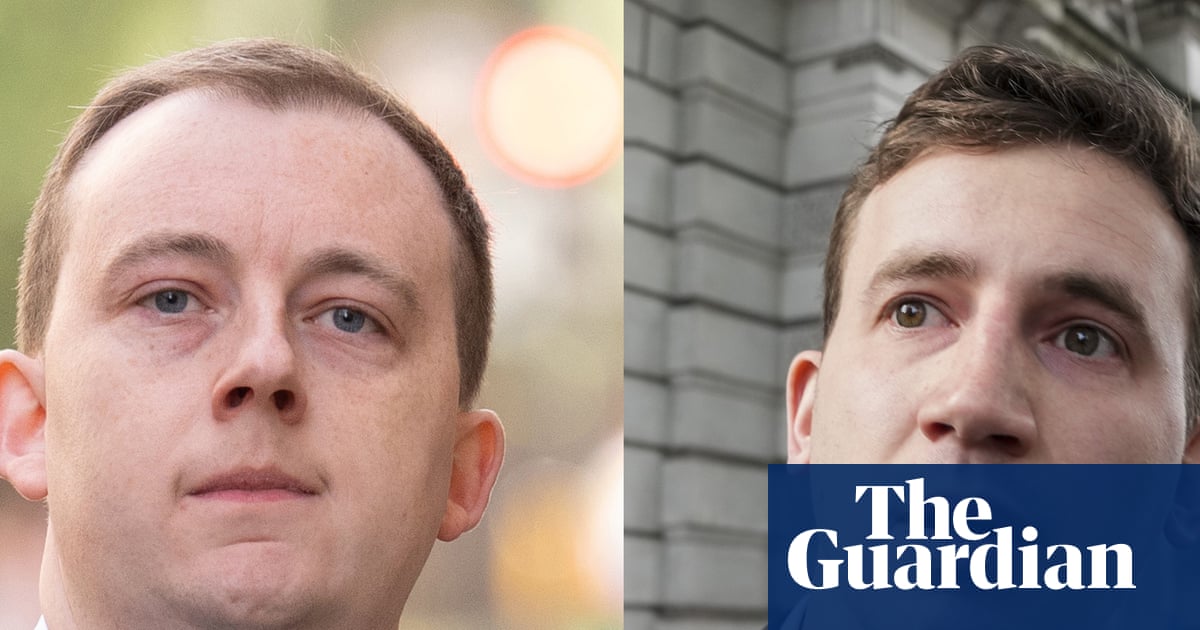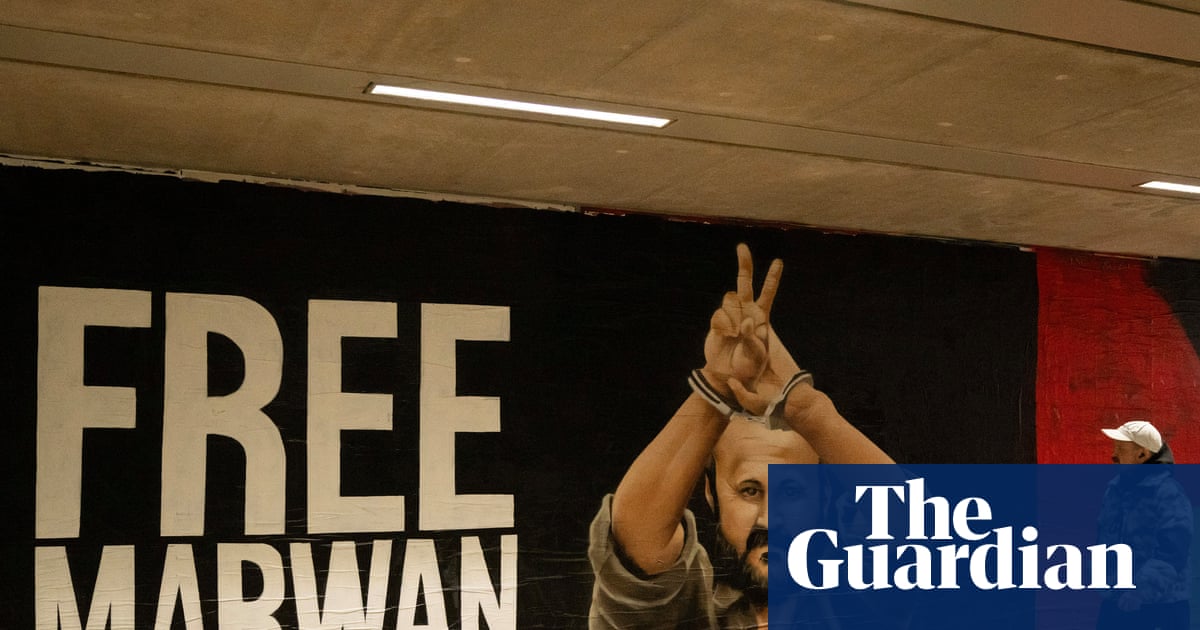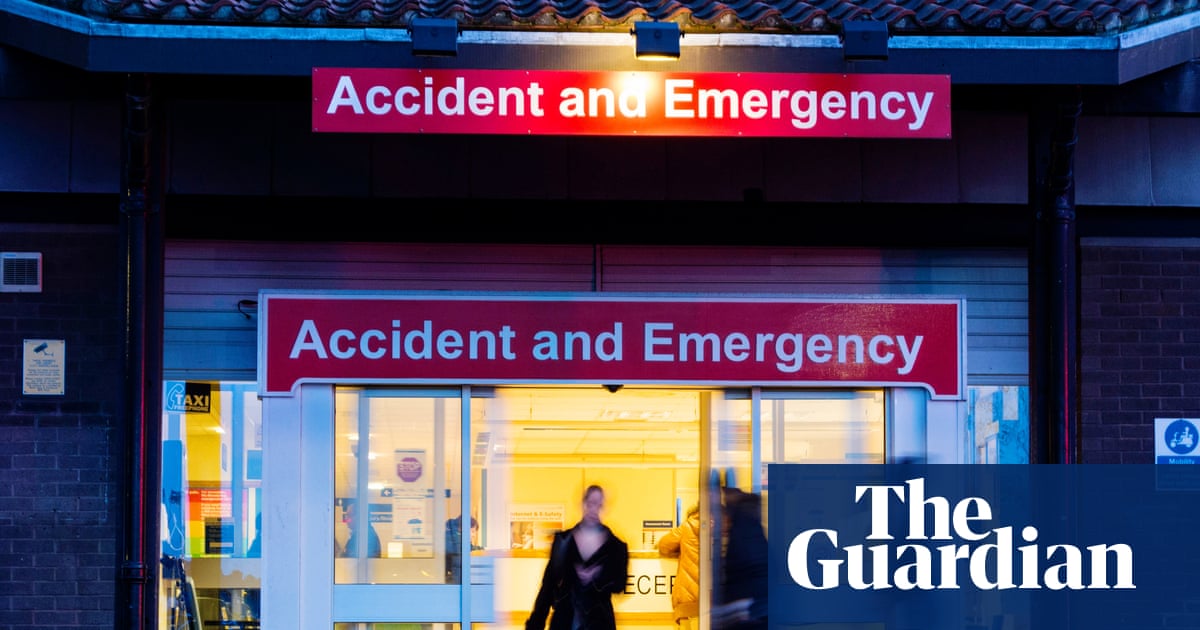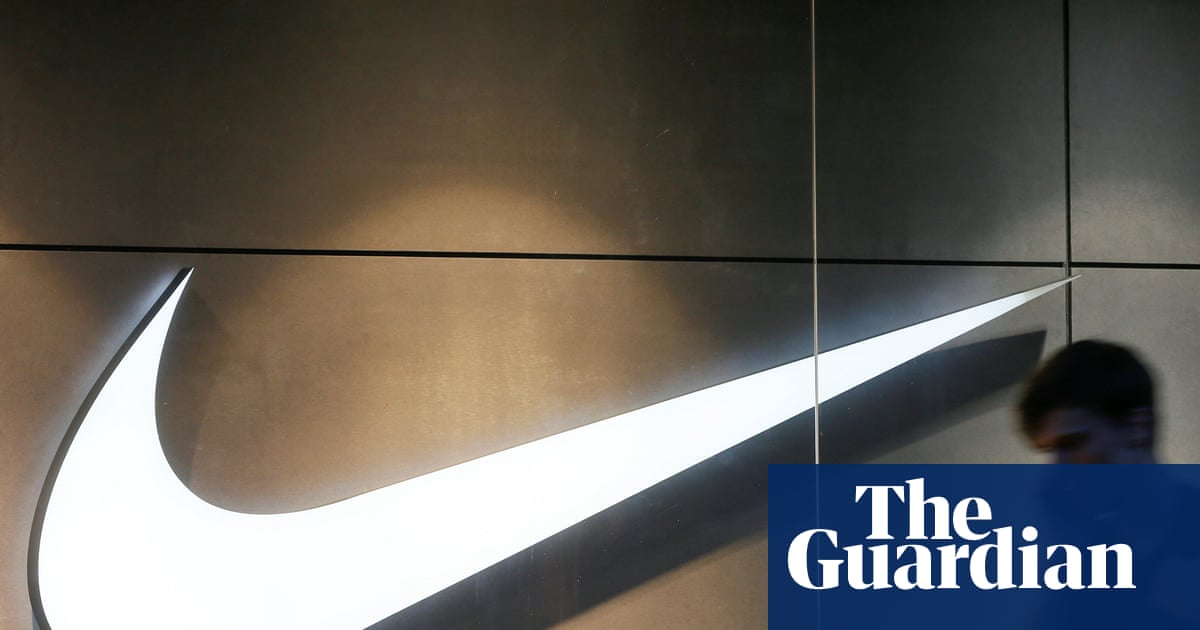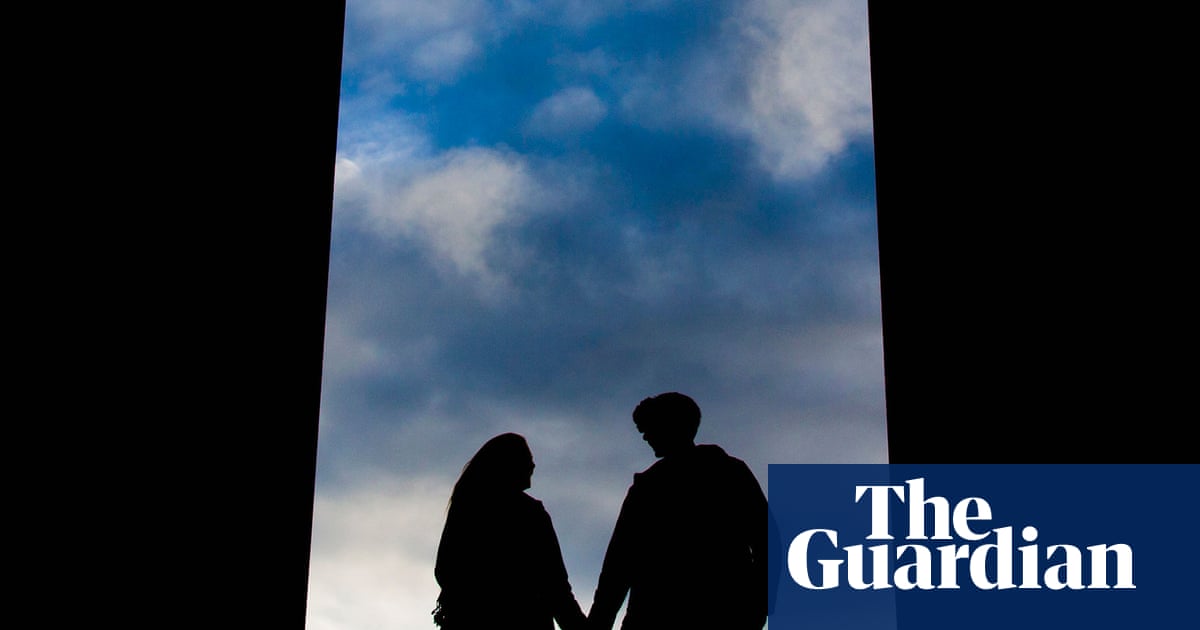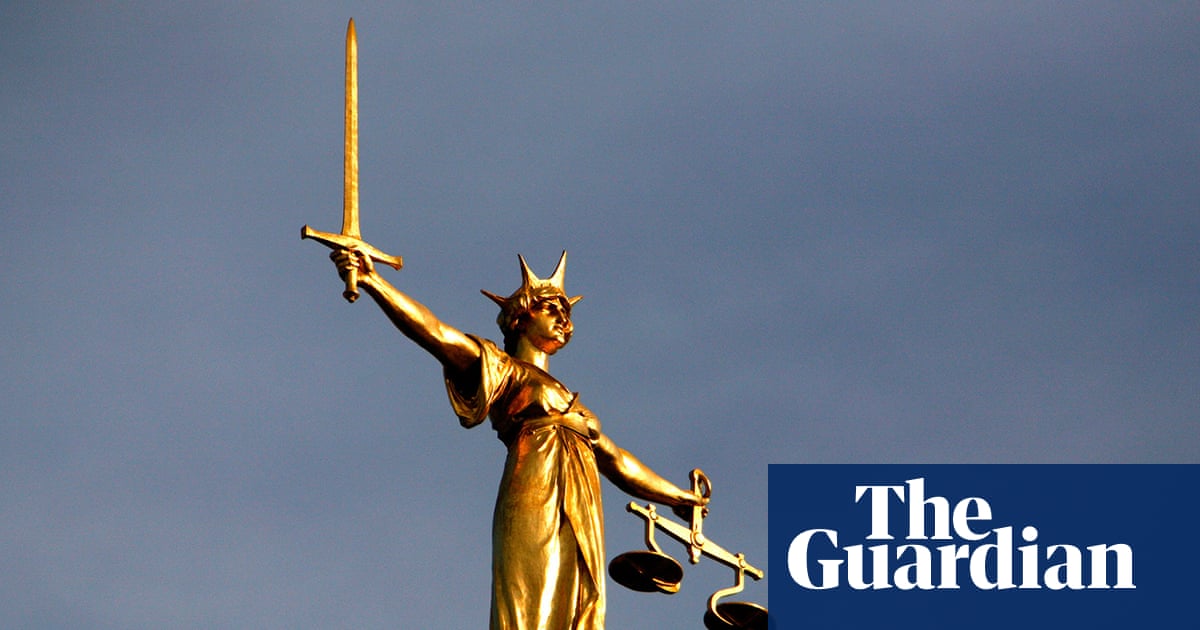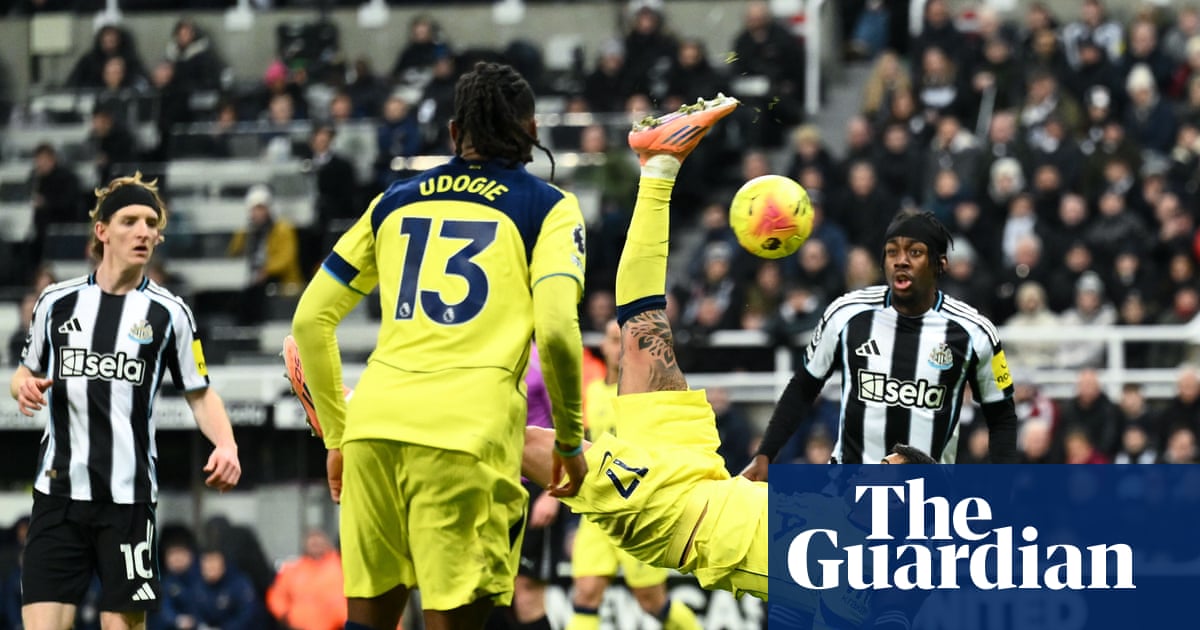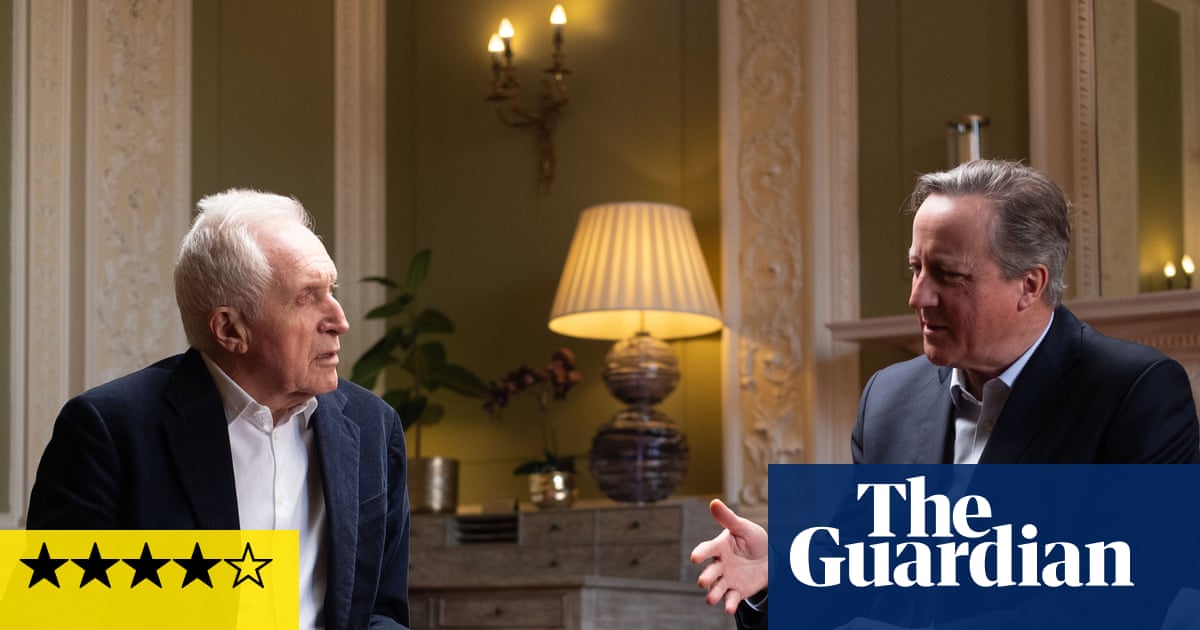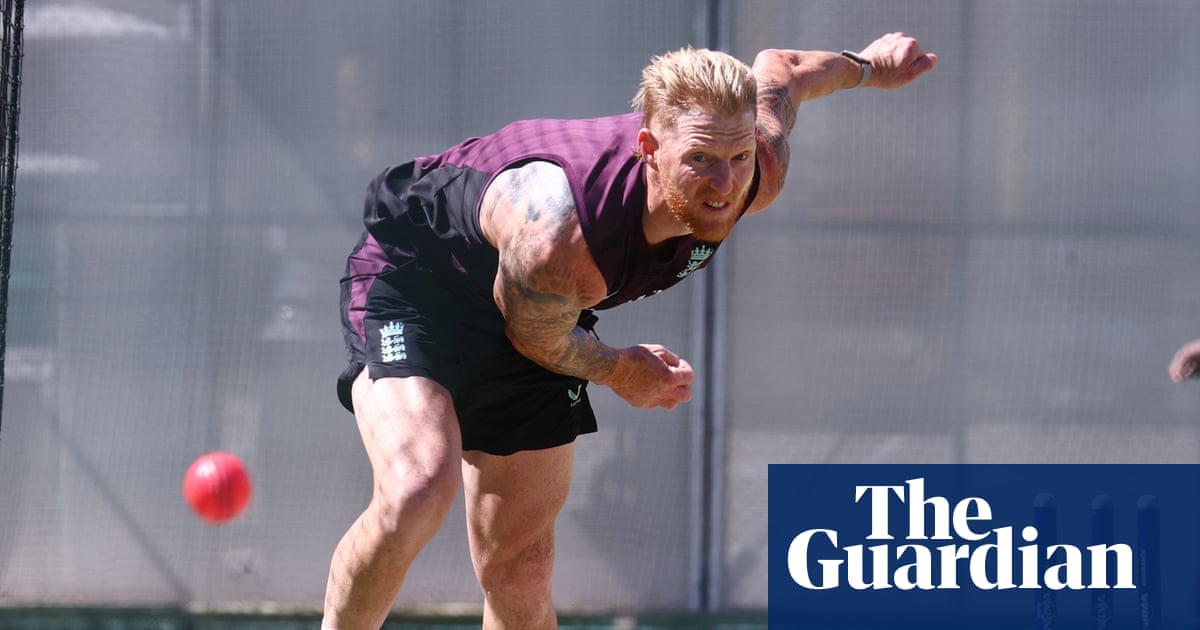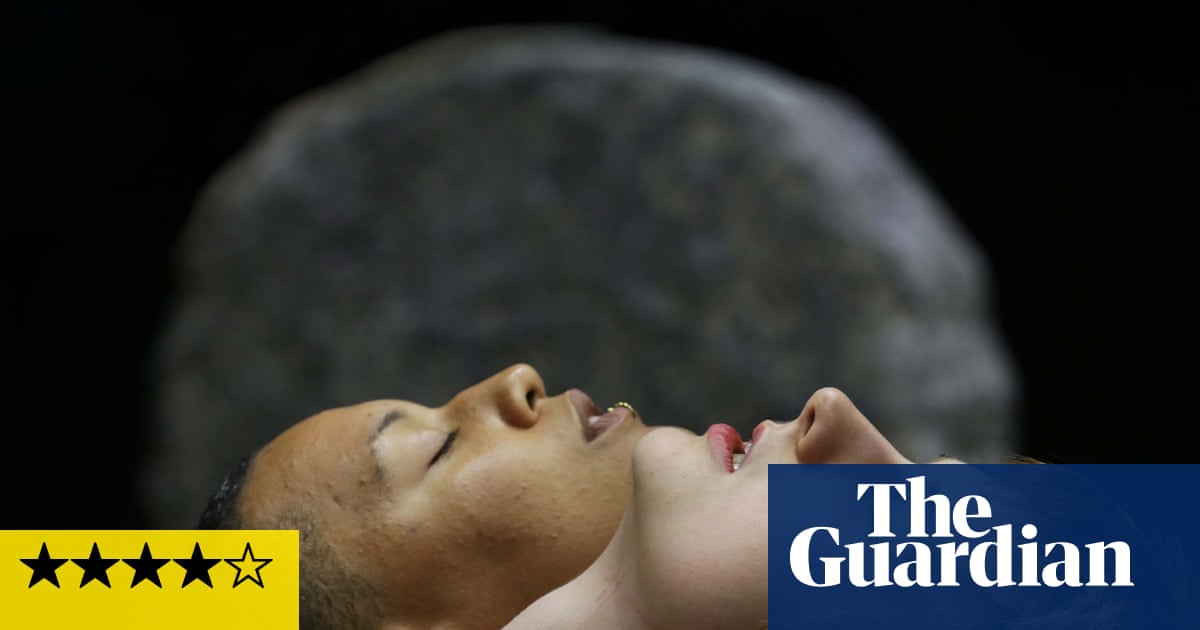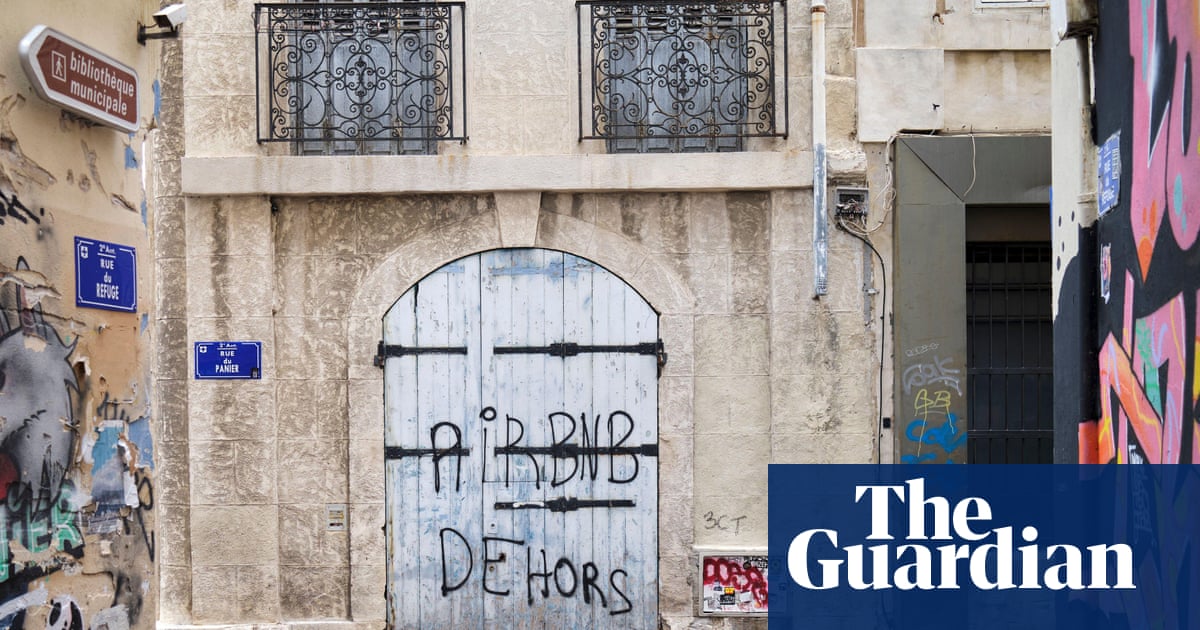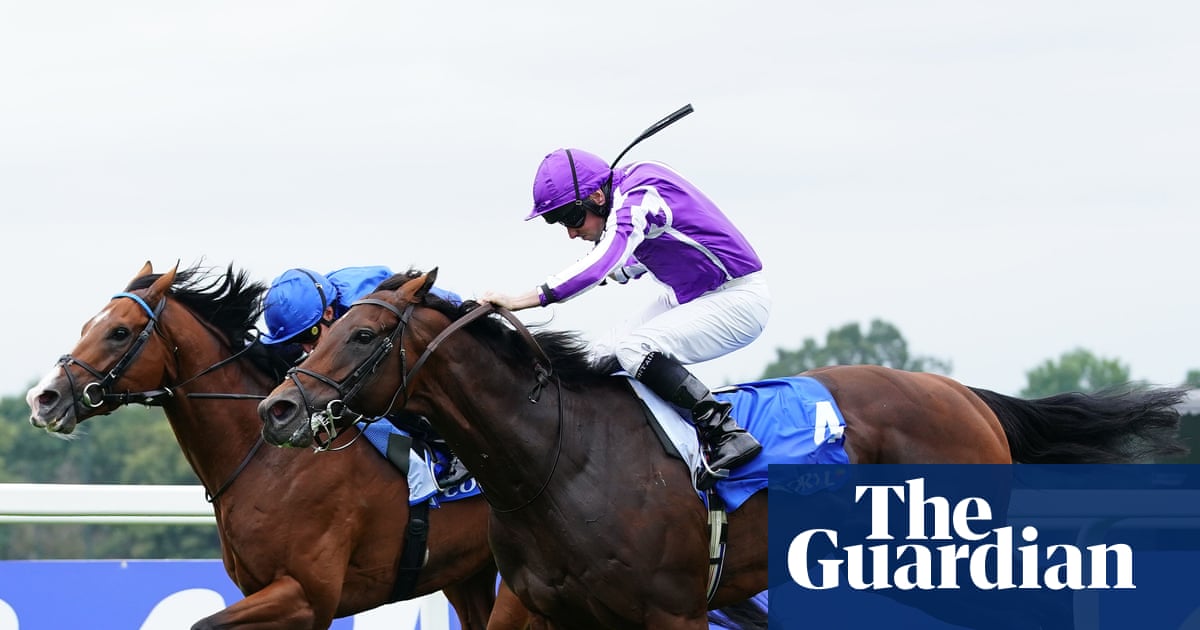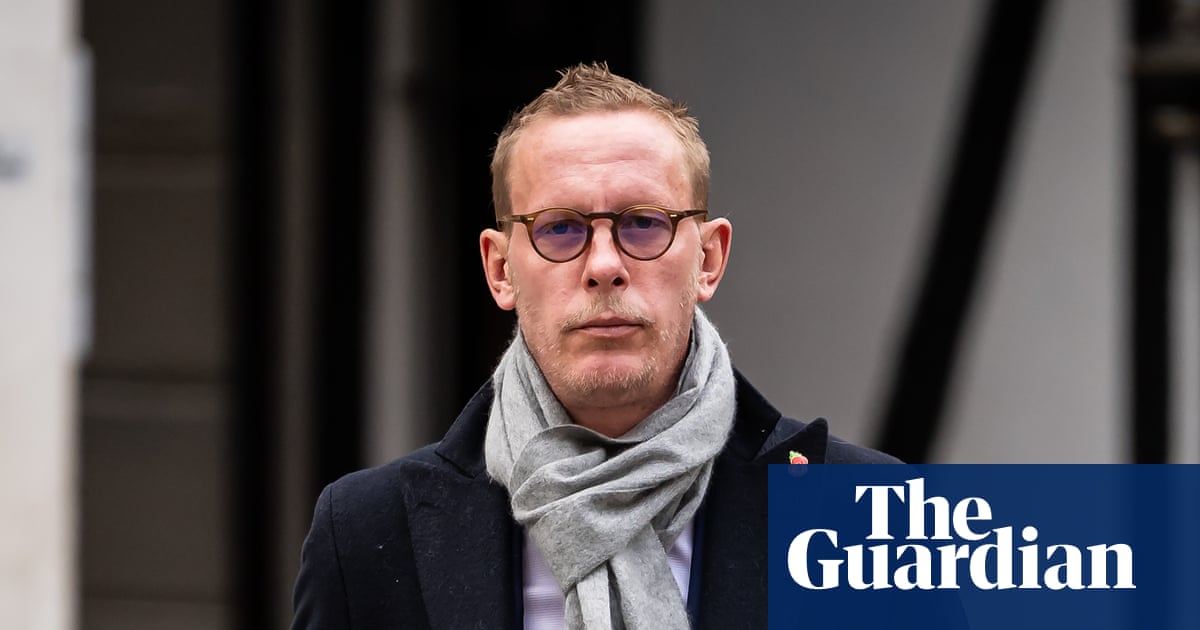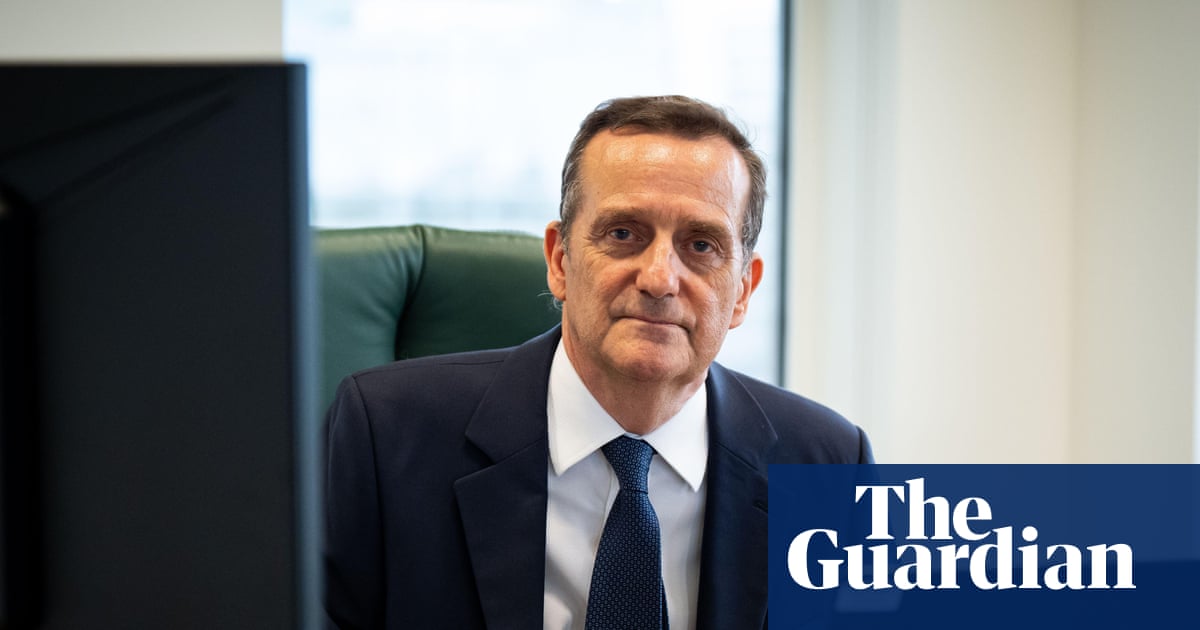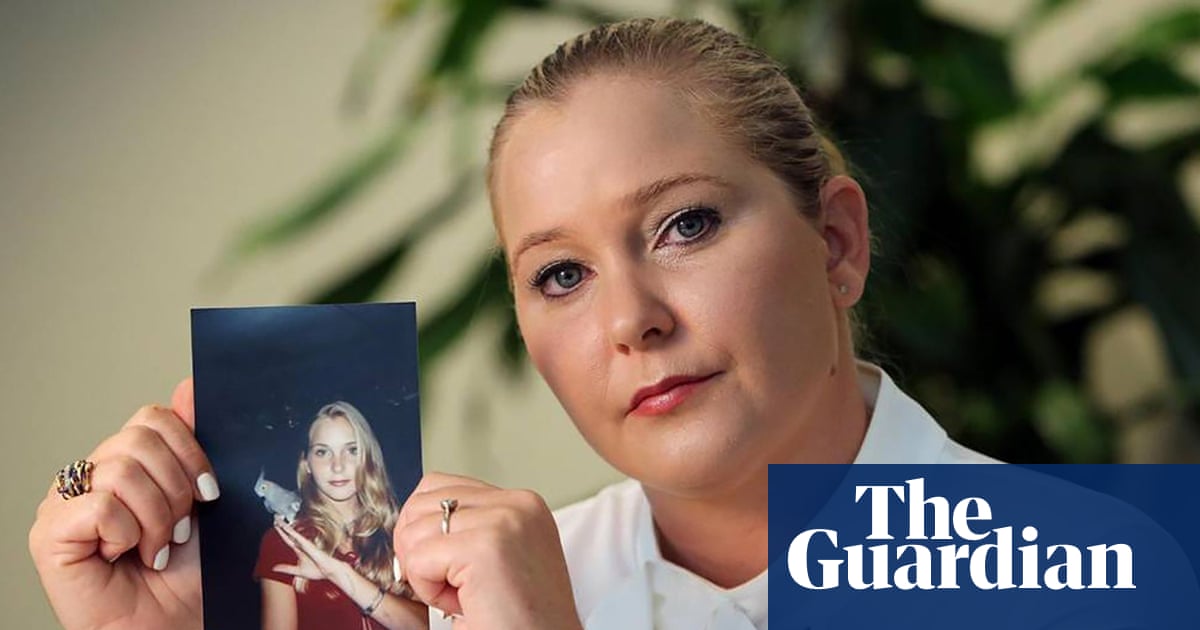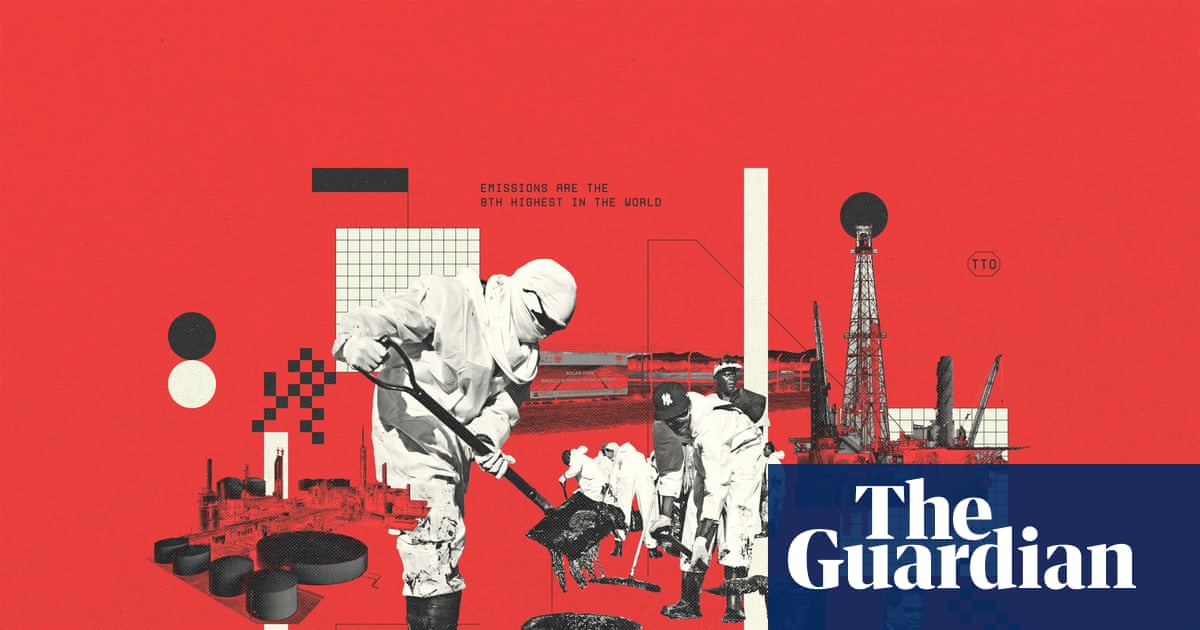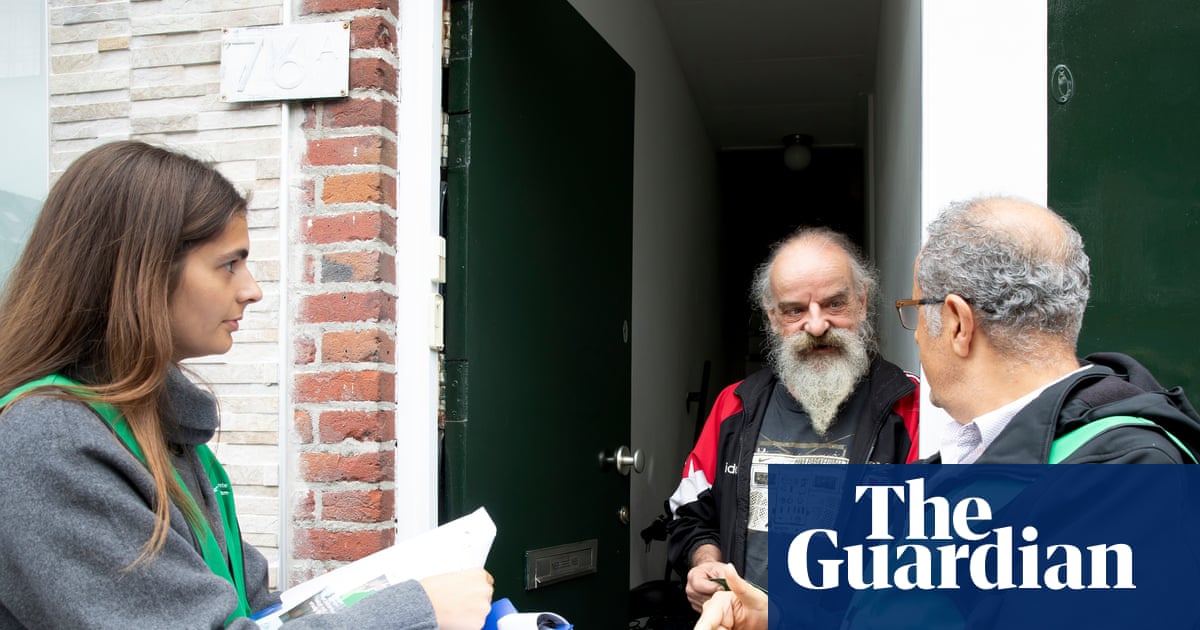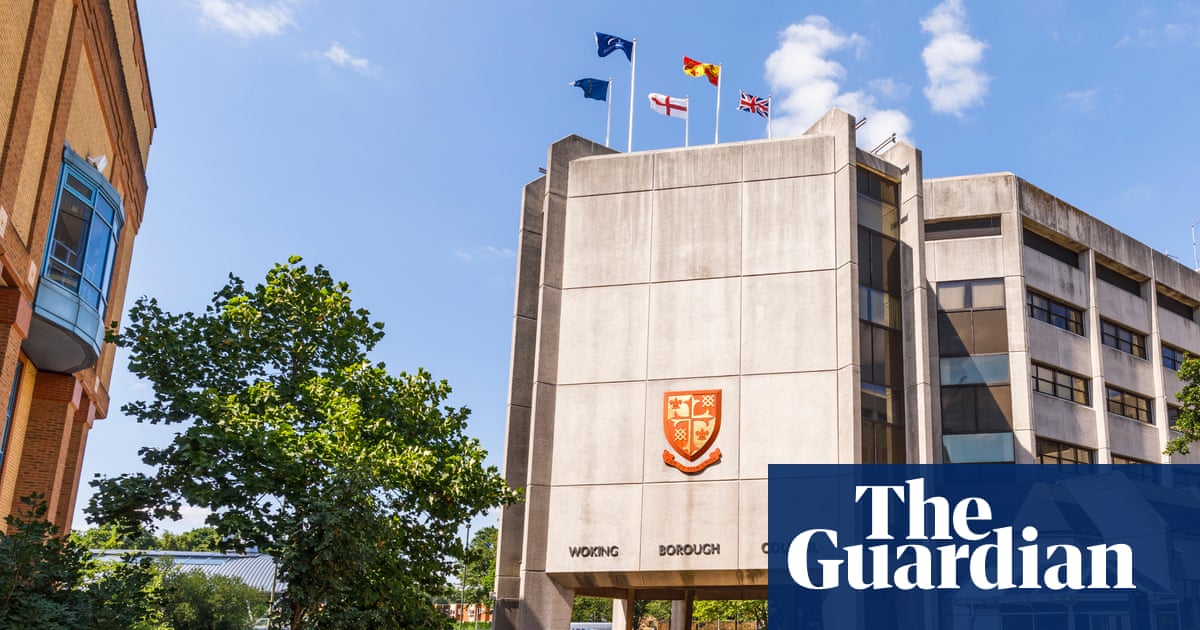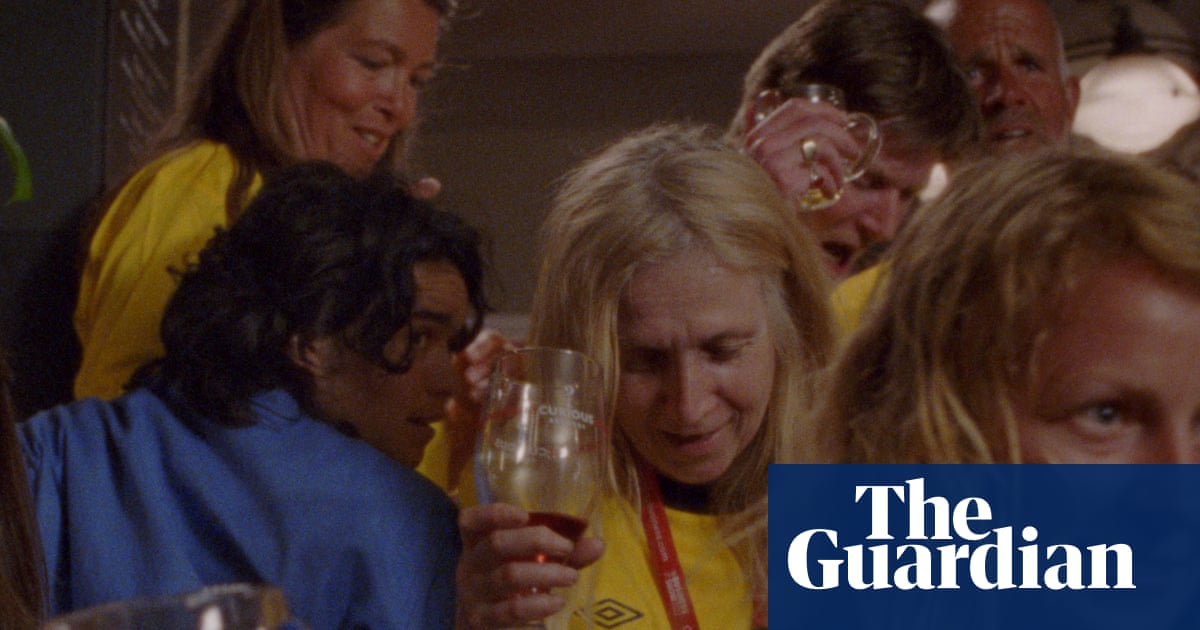Tanya Pelly thought her wedding ring had vanished forever when it flew off her finger while she was swimming at Sydney’s Freshwater beach, far out in the surf.
The gold band, originally exchanged by Tanya’s grandparents in 1930s Germany, flicked through the sky in “a perfect parabolic arch” before disappearing into the waves.
Sign up: AU Breaking News email
Inside the band were engravings marking two marriages: Tanya’s grandparents in 1933 and her own to her husband, Warwick, in 2003.
Losing jewellery in the ocean generally ends only one way – a glinting middle finger to sentiment.
But the loss of Tanya’s ring introduced her and Warwick to a global network of metal detectorists, who retrieved it days later under 50cm of sand.
The Lord of Lost Rings
Tanya and Warwick had fished around in the water for 10 minutes before heading to the surf club, where they were given contact details for Michael Oliver, a professional metal detectorist who runs the global Lost Jewellery Recovery directory.
The network’s website features detectorists from all over the world along with their success stories and search locations: a pair of Ukrainian detectorists who live in Ireland, reuniting silver chains and wedding rings with their rightful owners; an heirloom coin and a gold charm recovered by a member in Florida; jewellery lost in the water by holidaymakers in Ibiza and found again.
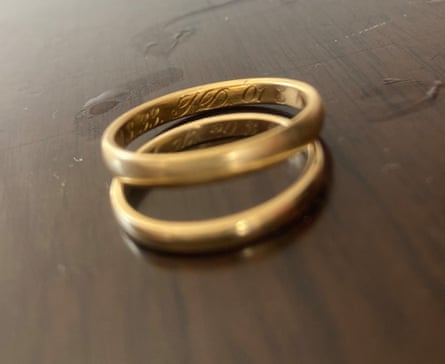
Oliver, AKA “the Lord of Lost Rings”, says he was on the scene at Freshwater beach for four hours, but the conditions were too rough and he was repeatedly wiped out, unable to scoop the ring despite his detector indicating its presence.
His diving mask was swept away and one of the steel poles used for triangulating the search area was twisted by the waves. “It’s there,” he says. “But I just can’t get it.”
Oliver called in reinforcements: Vic, a 77-year-old North Manly retiree, and his associate Pete (both preferred not to have their full names published).
“This dude’s a machine,” Oliver says of Vic.
Vic was one of the first members of Oliver’s jewellery recovery network. “We never quit,” Vic says. “If it’s there, we will find it.”
With the help of an optimal low tide, Vic and Pete returned to Freshwater beach the next day in search of Tanya’s ring.
They established a central marker – an old fence post stuck in the sand hills – and stepped out 70 military paces to the search area that Oliver triangulated the previous day.
Armed with his Minelab Equinox 800 detector (“the Eqsy”), Vic began meticulously “cross hatching” back and forth across the water, which was knee to waist deep.
A coin gives a solid tone; a ring, because of the hole in the centre, produces a distinct, slightly “scratchy signal”.
There it was.
The engraved wedding band was recovered beneath the shifting sand, right where Tanya and Warwick had been swimming.
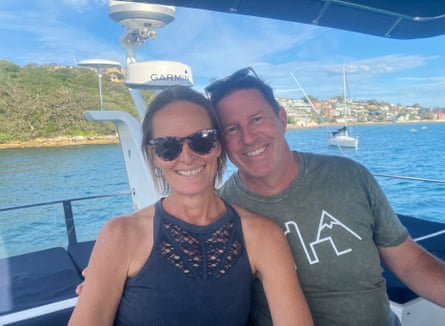
Warwick says the dedication and skill of the detectorist community is “unreal”.
The couple offered to shout the crew beers or dinner to show their appreciation, but the detectorists’ reward was the Pelly family’s joy and the rush of a new discovery.
‘Best kind of therapy’
Vic says the success of the recovery network hinges on honesty and trust – connecting metal detecting enthusiasts who share a “love for keeping our parks and waterways trash free, while returning lost possessions”.
“You get a high when you find something of great sentimental value to someone. It’s the best kind of therapy,” Vic says.
When he’s not relocating lost heirlooms for their owners, Vic is still out on the hunt – often approached by curious kids who want to know if he’s a treasure-hunting pirate.
He always tells them the same thing when they come across a tin can instead of a treasure chest: “Do we leave the rubbish there? No! We put it in the bin.
“When you find a target, even if it’s only a dollar coin or two dollars or 20, you’re going, ‘yes, yes, yes’. I love it.”
A highlight for Vic, among the bottle caps and beer cans, was finding two gold 1873 sovereign coins “under 2ft of sand”.
“You get such a buzz. The endorphins go absolutely crazy,” he says.
Tanya’s ring, which will be resized and cleaned, now carries a new chapter.
Warwick says the experience has given the intergenerational ring “even more aura” – a testament to its history and the commitment of the volunteers who battle the elements to ensure the past is not erased by the tide.
Share your experience
You can share your lost and found stories using this form.
Your responses, which can be anonymous, are secure as the form is encrypted and only the Guardian has access to your contributions. We will only use the data you provide us for the purpose of the feature and we will delete any personal data when we no longer require it for this purpose. For true anonymity please use our
service instead.
Where do you live (city, state and country)?
Have you ever been reunited with a precious item you thought you would never find again?
What was the significance behind the item?
Your contact details are helpful so we can contact you for more information. They will only be seen by the Guardian.
Your contact details are helpful so we can contact you for more information. They will only be seen by the Guardian.
By submitting your response, you are agreeing to share your details with us for this feature.
If you’re having trouble using the form, click here. Read terms of service here and privacy policy here.

.png) 1 month ago
35
1 month ago
35

